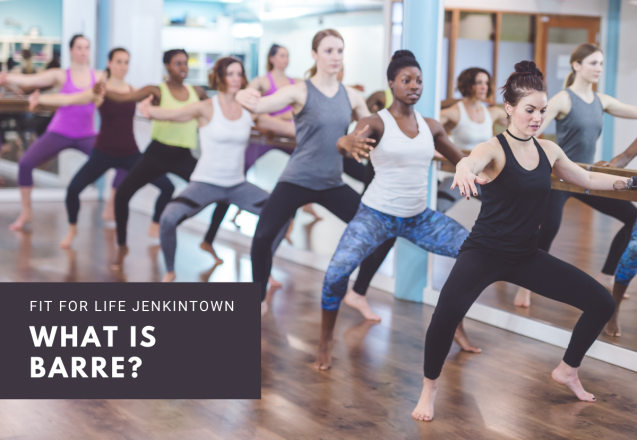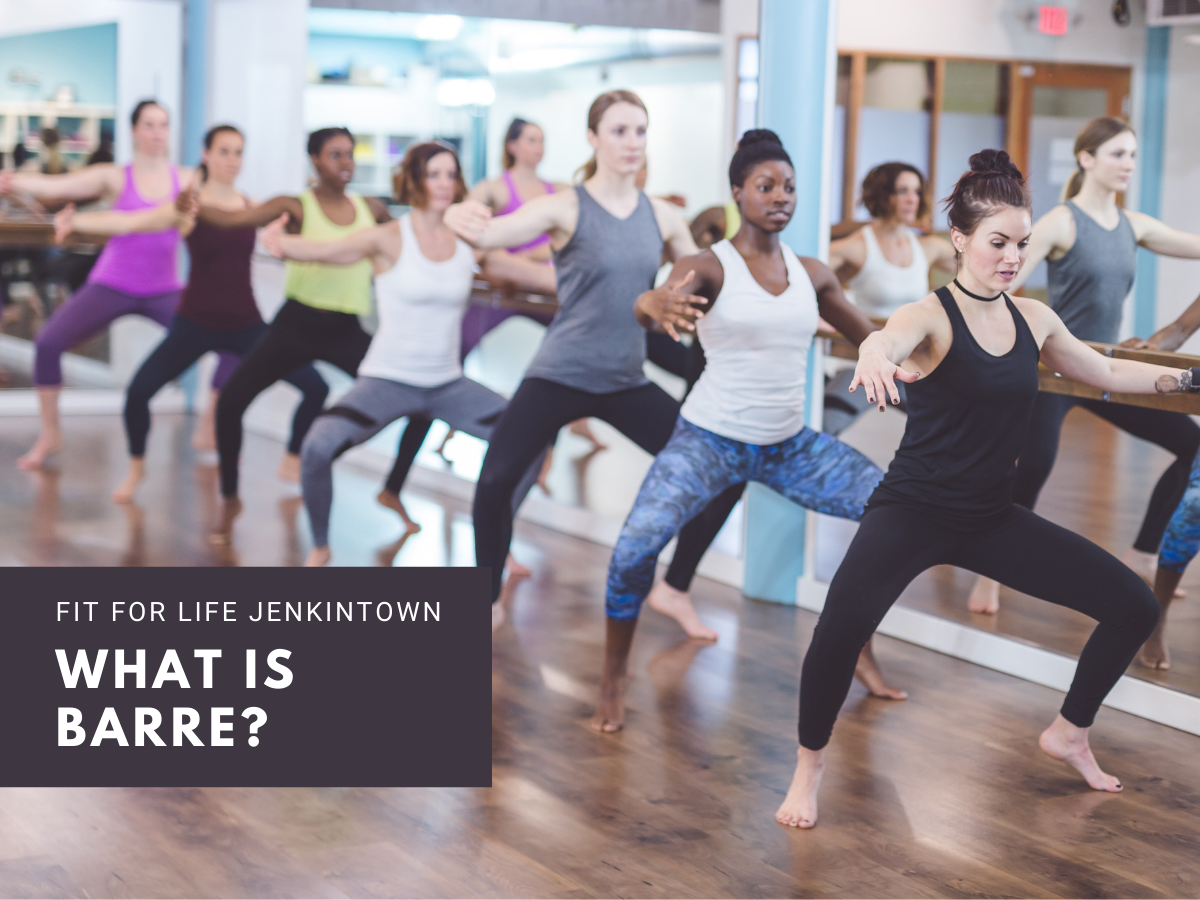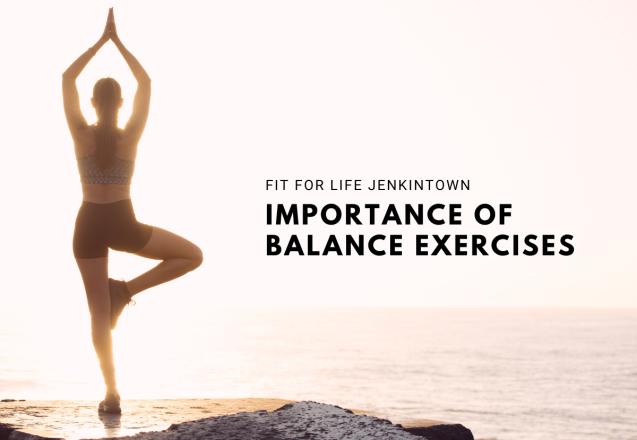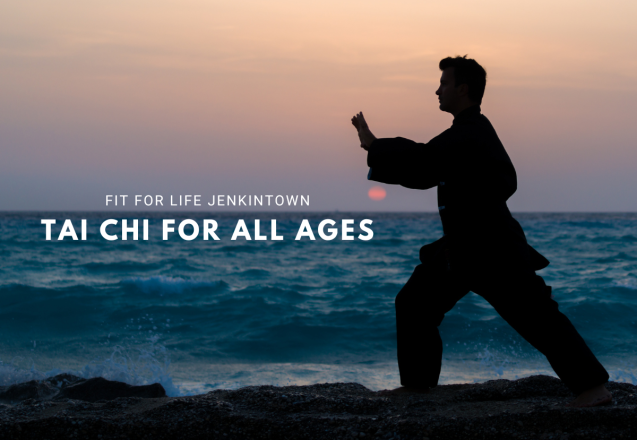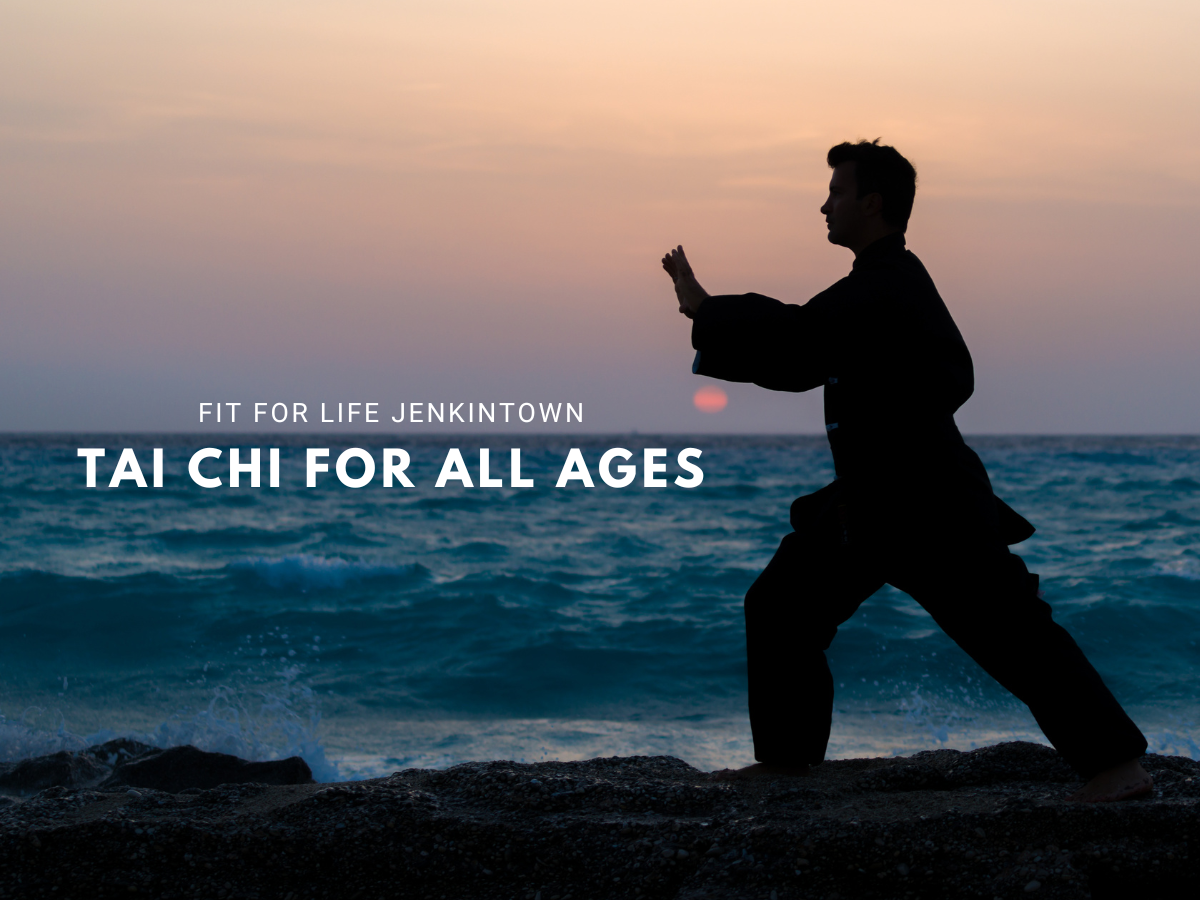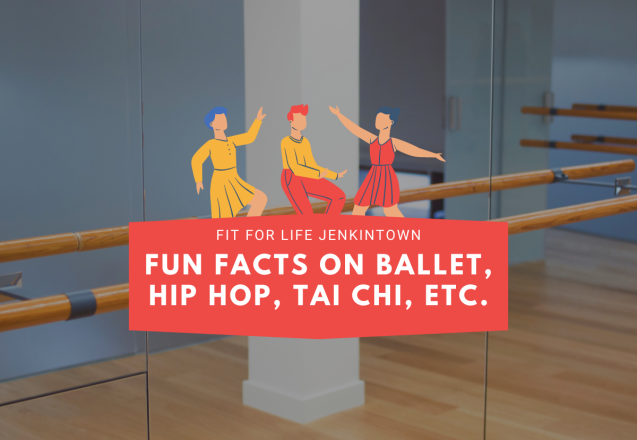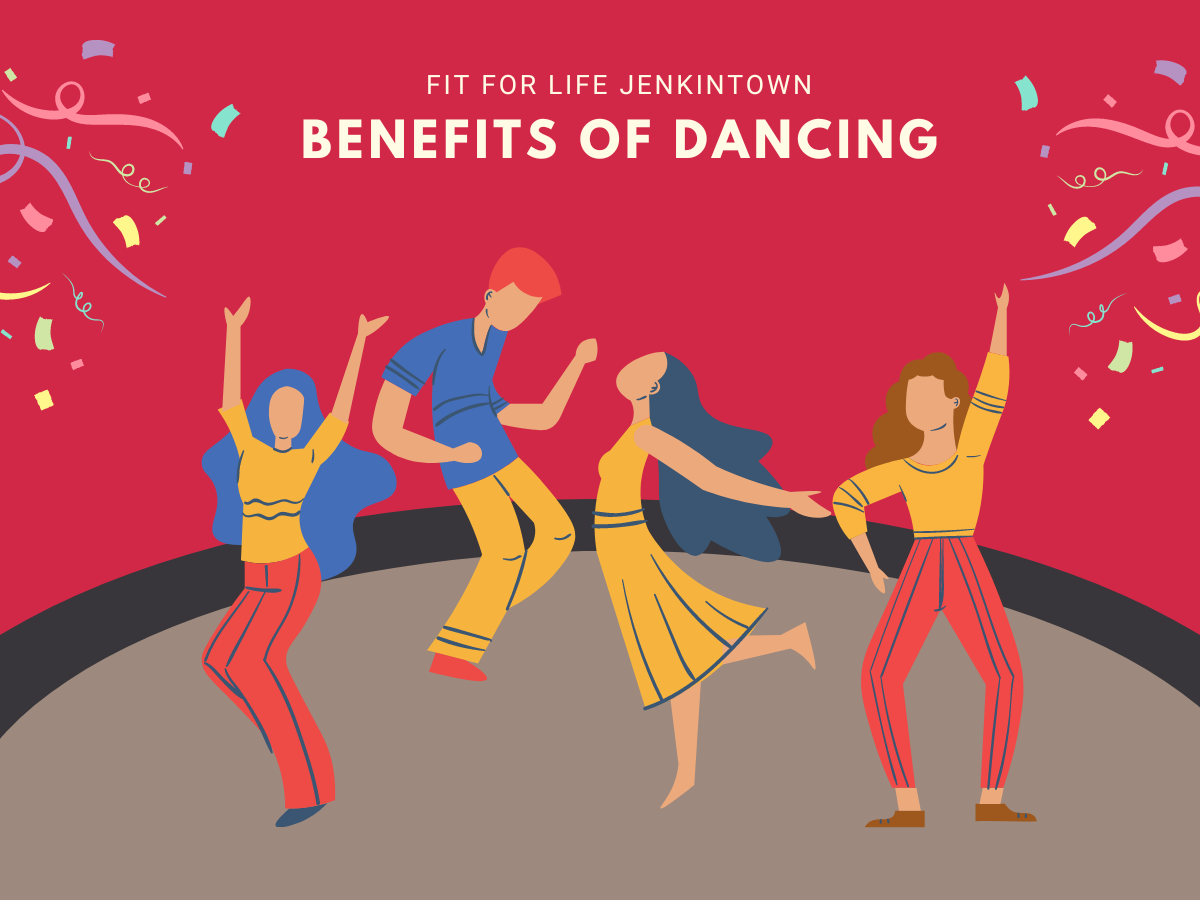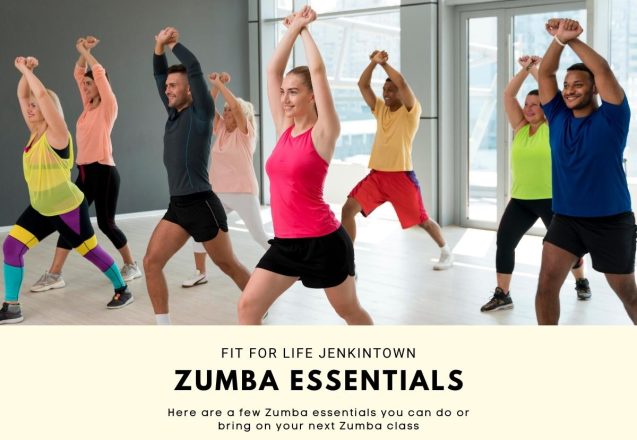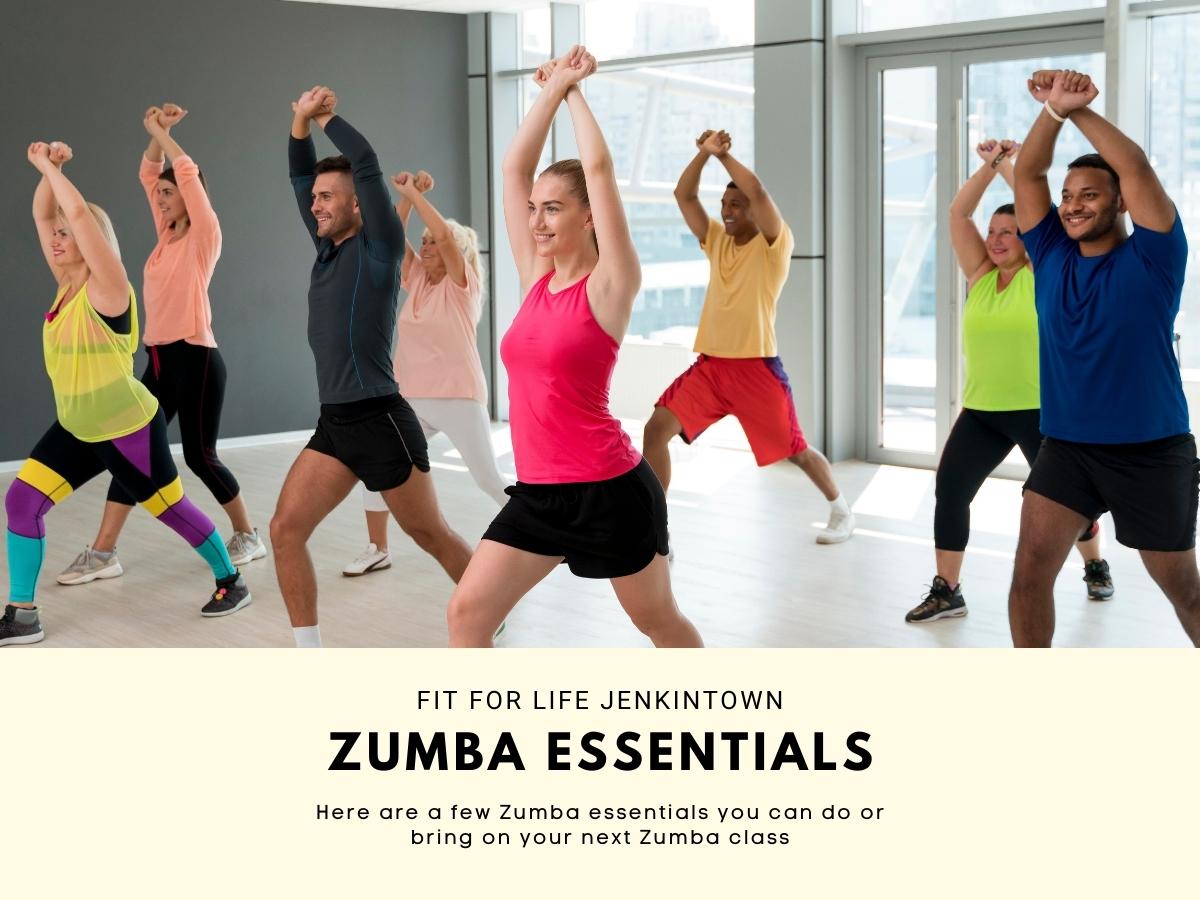What is Barre?
So, what is barre? Barre means ‘to bend’. And once you understand that definition, you will also understand why it is a great dance form. Like many of the other moves in dance, barre is named after specific movements; it is an exercise in keeping control of your body while rotating your spine and limbs.
In addition to building strength, this full-body workout also develops agility and flexibility. In some classes, you will use just the barre (or equivalent like a countertop or chair back) and your body weight to churn out rep after rep of muscle-burning move, while others incorporate tools like resistance bands, sliders, ankle weights, free weights, exercise balls, and more.
Barre is a low-impact workout that focuses on the entire body to help tone muscle and improve posture. What kind of person should try it? Anyone who wants an overall toning regimen should try barre. It is also great for those with joint pain or other medical conditions, such as arthritis or fibromyalgia.
Barre class is named for the primary piece of equipment: the bar. If you’ve ever been in a ballet studio, this piece of equipment will be familiar. You will also use other equipment, like a mat which you are familiar with if you have ever tried yoga or free weights, exercise bands and exercise balls. You can pick how heavy you want your weights to be, and your instructor will walk you through the proper use of each piece of equipment. They will explain how you can integrate the equipment into the class to get the best workout possible.
Reference: What Is Barre Class All About | What Are Barre And Who Should Try It? | Barre 101

